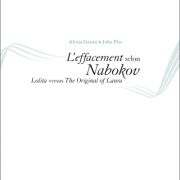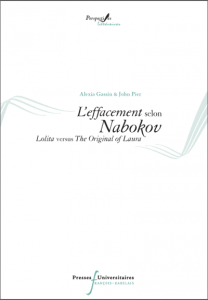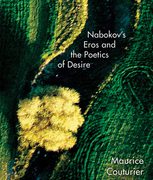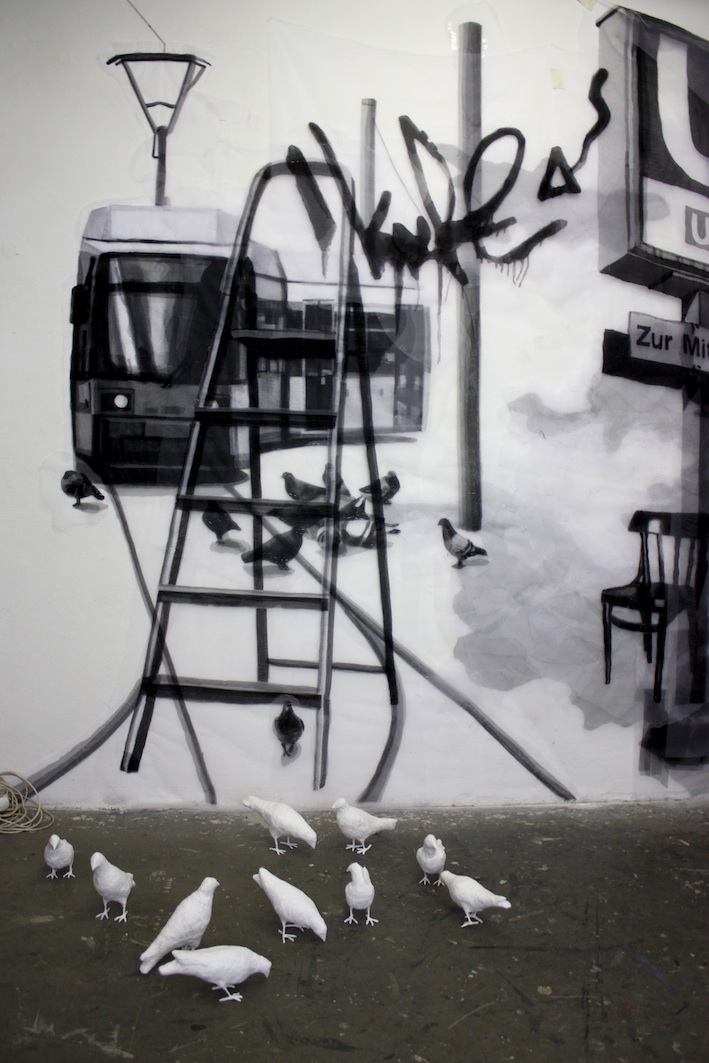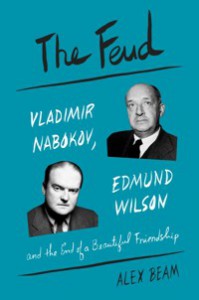
A Portrait of “Literary Malice” », The Atlantic, December 2016.
https://www.theatlantic.com/magazine/archive/2016/12/cover-to-cover/505847/
« The dazzling correspondence between Vladimir Nabokov and Edmund Wilson, two giants of 20th-century letters who met in 1940 and kept in close touch through the 1950s, is legendary. Less well known is their falling-out, triggered by, of all things, a Pushkin translation: In 1965, in The New York Review of Books, Wilson called Nabokov’s version of Eugene Onegin “disastrous.” When Alex Beam, a columnist for The Boston Globe, recently learned about the feud, he “burst out laughing.” How could such men be so silly?
His probing has produced a concise portrait of “literary malice,” which he notes was a specialty taught by a favorite secondary-school teacher of Nabokov’s. It is also contagious, as Beam demonstrates. His acerbic account of even the “beautiful friendship” phase isn’t flattering. The multilingual one-upmanship, the barbed assessments of each other’s work: Why, you’ll wonder, did the two enjoy spending time together?
Beam’s caustic treatment of the “seven-plus years of malicious rhetoric” that ensued after Wilson’s review is mercifully brief. If all the hifalutin nastiness is enough to leave a bitter taste, it also inspires an intense urge: to return to the books that show both writers at their best. »

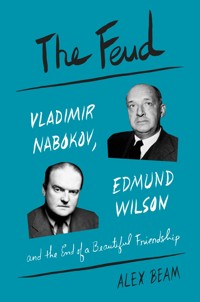
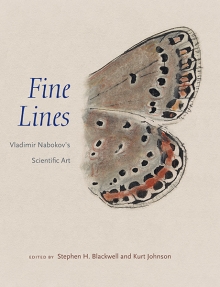
 « The book contains 148 of Nabokov’s scientific drawings with detailed explanatory captions by (mostly) Kurt, and six reproductions of VN’s inscription drawings to Véra, along with essays by several scientists and Nabokov specialists who have written about or built upon Nabokov’s lepidoptery. The drawings are nearly all reproduced at their full size (4×6 inches), and all are at very high resolution. 62 of the plates are in color. Table of Contents attached. Teaser: Robert Dirig determines the real imaginary location of New Wye in Pale Fire. »
« The book contains 148 of Nabokov’s scientific drawings with detailed explanatory captions by (mostly) Kurt, and six reproductions of VN’s inscription drawings to Véra, along with essays by several scientists and Nabokov specialists who have written about or built upon Nabokov’s lepidoptery. The drawings are nearly all reproduced at their full size (4×6 inches), and all are at very high resolution. 62 of the plates are in color. Table of Contents attached. Teaser: Robert Dirig determines the real imaginary location of New Wye in Pale Fire. »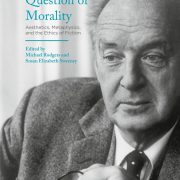
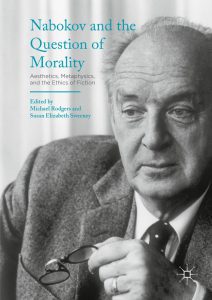
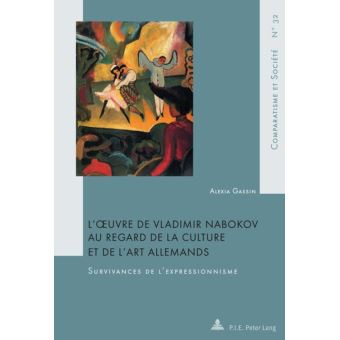
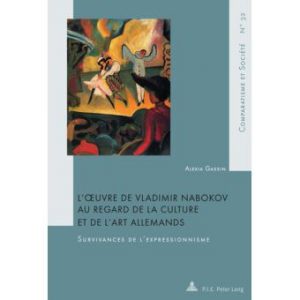 « Jusqu’à présent, les études nabokoviennes ont tendance à ignorer l’influence de la culture allemande sur l’œuvre de Vladimir Nabokov. Ce faisant, elles se conforment aux propos de l’écrivain qui a fréquemment déclaré que, malgré ses quinze années passées en Allemagne (1922–1937), il a toujours évité tout contact avec la langue et l’univers allemands. Pourtant, bien que l’émigration russe à Berlin vive en vase clos, les frontières entre les mondes russe et allemand ne sont pas si étanches, ce qui apparaît nettement dans les fréquentes allusions littéraires de l’écrivain à des œuvres de littérature, de cinéma et de peinture allemandes.Le présent ouvrage a donc pour objectif de lire l’œuvre de Nabokov dans le contexte de l’art allemand de la fin du XIXe et du début du XXe siècle, notamment de l’esthétique expressionniste et de trois de ses grands thèmes majeurs, à savoir l’altération du psychisme humain, l’ambivalence de la figure féminine et la représentation de la grande ville. Il vise ainsi à proposer une nouvelle interprétation des œuvres russes de Nabokov, à reconstruire le contexte culturel berlinois (cinéma et peinture) dans lequel ces dernières furent créées et à montrer que l’écrivain n’était pas si hermétique à la culture allemande qu’il voulait bien le laisser entendre. »
« Jusqu’à présent, les études nabokoviennes ont tendance à ignorer l’influence de la culture allemande sur l’œuvre de Vladimir Nabokov. Ce faisant, elles se conforment aux propos de l’écrivain qui a fréquemment déclaré que, malgré ses quinze années passées en Allemagne (1922–1937), il a toujours évité tout contact avec la langue et l’univers allemands. Pourtant, bien que l’émigration russe à Berlin vive en vase clos, les frontières entre les mondes russe et allemand ne sont pas si étanches, ce qui apparaît nettement dans les fréquentes allusions littéraires de l’écrivain à des œuvres de littérature, de cinéma et de peinture allemandes.Le présent ouvrage a donc pour objectif de lire l’œuvre de Nabokov dans le contexte de l’art allemand de la fin du XIXe et du début du XXe siècle, notamment de l’esthétique expressionniste et de trois de ses grands thèmes majeurs, à savoir l’altération du psychisme humain, l’ambivalence de la figure féminine et la représentation de la grande ville. Il vise ainsi à proposer une nouvelle interprétation des œuvres russes de Nabokov, à reconstruire le contexte culturel berlinois (cinéma et peinture) dans lequel ces dernières furent créées et à montrer que l’écrivain n’était pas si hermétique à la culture allemande qu’il voulait bien le laisser entendre. »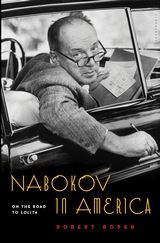

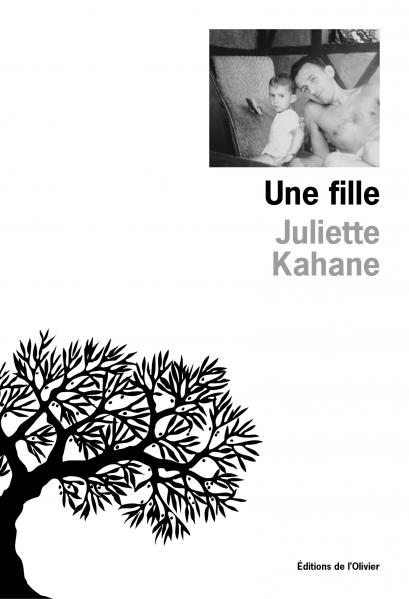
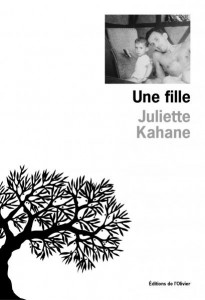
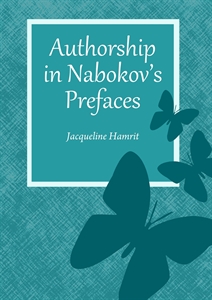
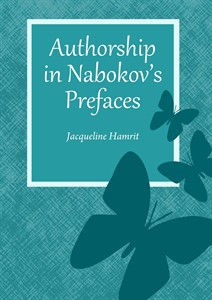 erary criticism has mainly oscillated between “the death of the author” (Barthes) and “the return of the author” (Couturier), this work suggests another perspective on authorship through an analysis of Nabokov’s prefaces. It is here argued that the author, being neither dead nor tyrannical, alternates between authoritative apparitions and receding disappearances in the double gesture of mastery without mastery which Derrida calls ‘exappropriation’, that is, a simultaneous attempt to appropriate one’s work, control it, have it under one’s power and expropriate it, losing control by loosening one’s grip. The intention of this is to approach, through one’s experience of reading and interpreting, the experience of self-effacement and impersonality pertaining to writing (cf. Blanchot). Prefaces are considered to be suitable places for the deconstruction of the classical image of Nabokov’s arrogance through the unearthing of his reserve and vulnerability. This work provides an account of the mere intuition (which, therefore, does not pretend to be a conclusive and definitive interpretation) of another image of Nabokov whose undeniable talent for deception seems in accordance with a need for discretion and secrecy. »
erary criticism has mainly oscillated between “the death of the author” (Barthes) and “the return of the author” (Couturier), this work suggests another perspective on authorship through an analysis of Nabokov’s prefaces. It is here argued that the author, being neither dead nor tyrannical, alternates between authoritative apparitions and receding disappearances in the double gesture of mastery without mastery which Derrida calls ‘exappropriation’, that is, a simultaneous attempt to appropriate one’s work, control it, have it under one’s power and expropriate it, losing control by loosening one’s grip. The intention of this is to approach, through one’s experience of reading and interpreting, the experience of self-effacement and impersonality pertaining to writing (cf. Blanchot). Prefaces are considered to be suitable places for the deconstruction of the classical image of Nabokov’s arrogance through the unearthing of his reserve and vulnerability. This work provides an account of the mere intuition (which, therefore, does not pretend to be a conclusive and definitive interpretation) of another image of Nabokov whose undeniable talent for deception seems in accordance with a need for discretion and secrecy. »